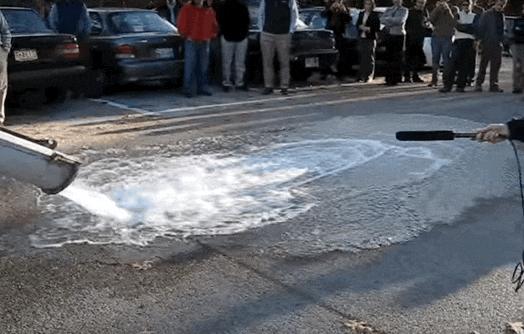(traduction à suivre, si necessaire)
Phase Change Energy Solutions is an Asheboro, NC-born company that provides BioPCM coast to coast, and to over 22 countries. We are going into residential homes and businesses such as telecommunications buildings, server rooms, hotels, restaurants, medical buildings, hospitals, office buildings, greenhouses, grow houses, government buildings and more. We have major corporations like Microsoft, AT&T, Google, Chase Banks, Starbucks, Pizza Hut, and Chick-fil-a to name a few.
So your project or projects are definitely something we can assist you with. We typically ask questions to better determine what the customer might need.
For example:
• How are you planning to heat or cool the structure? HVAC? Chillers or Roof top units? Do you use VAVs? What is the tonnage for the
units?
• How many floors are in this structure?
• How many square feet are you trying to control?
• What will the roof design be?
• What is the ceiling height?
• Does or will this structure have any drop ceilings?
• Do you have any pictures, drawings or blueprints that could help us?
Information, "on the benefits (energy and cost)?"
https://www.dropbox.com/s/07eapa0esd51kgj/Heating and Cooling Energy Savings.docx?dl=0
Do you have any attic space to lay the ENRG Blanket on top of the ceiling between the rafters?
We typically encourage the ceiling first, if possible, to catch the energy released. Also, you can place the BioPCM ENRG Blanket in the walls but especially the North and South walls. We typically recommend 60% coverage per room.



